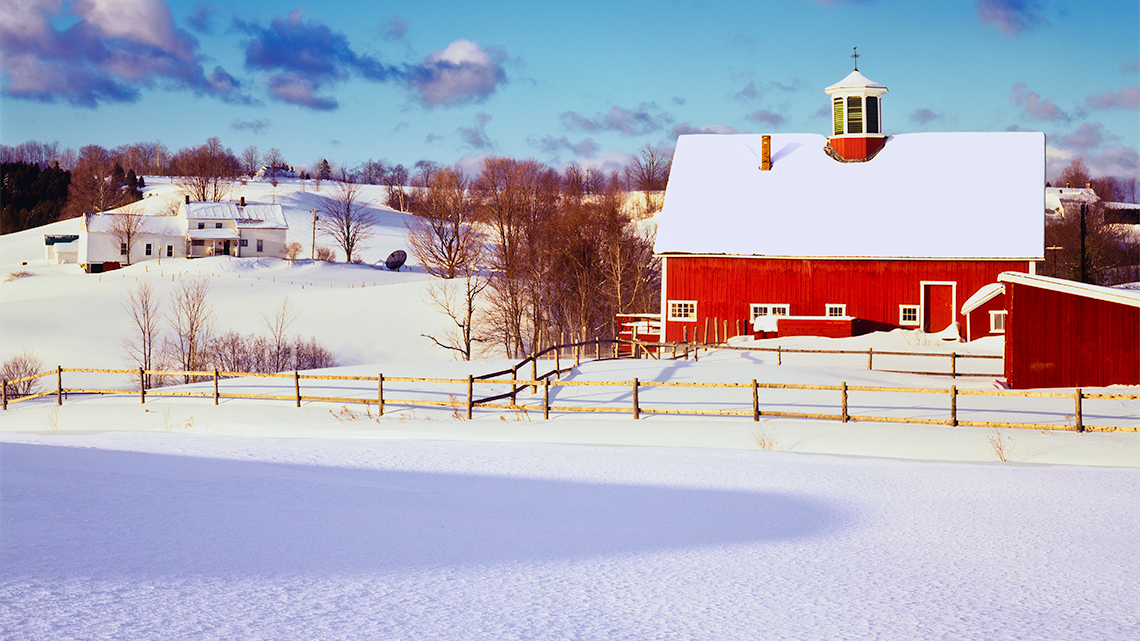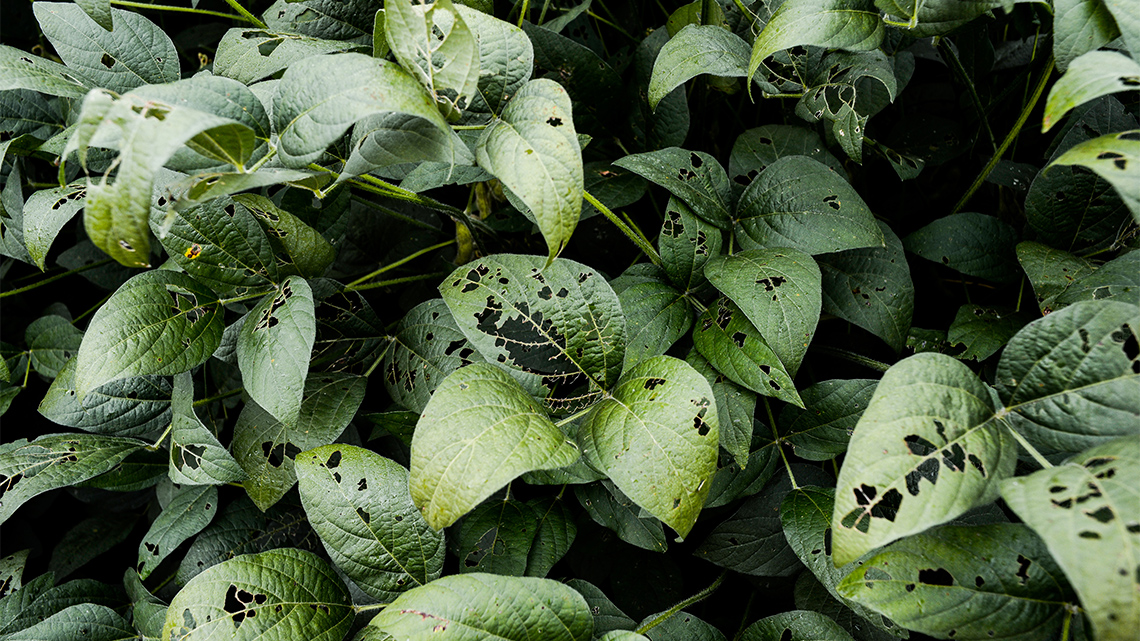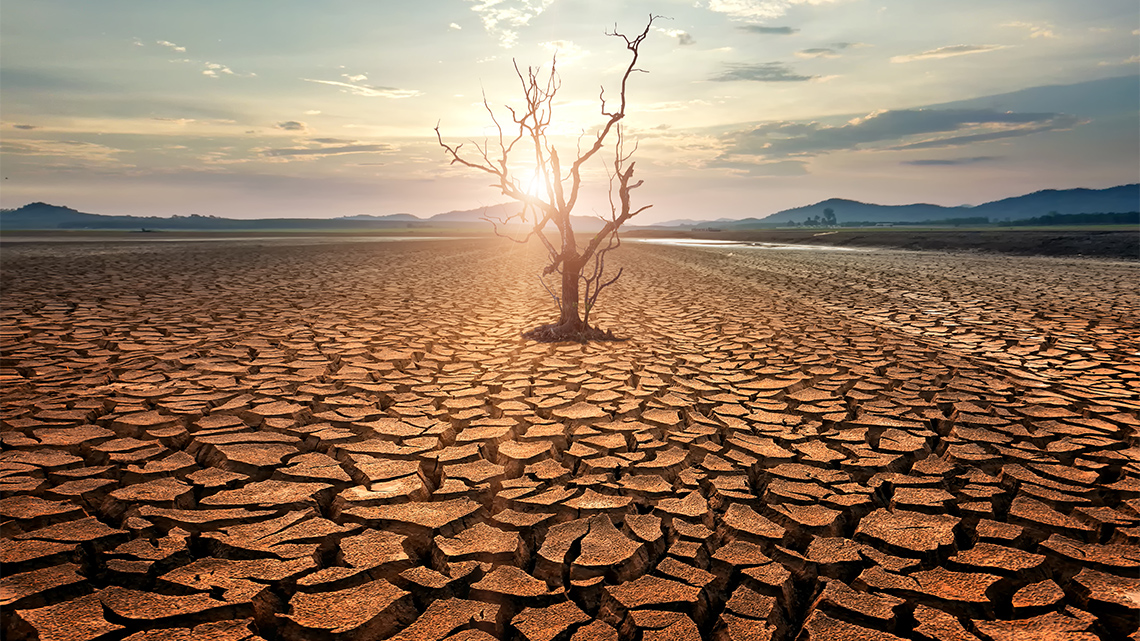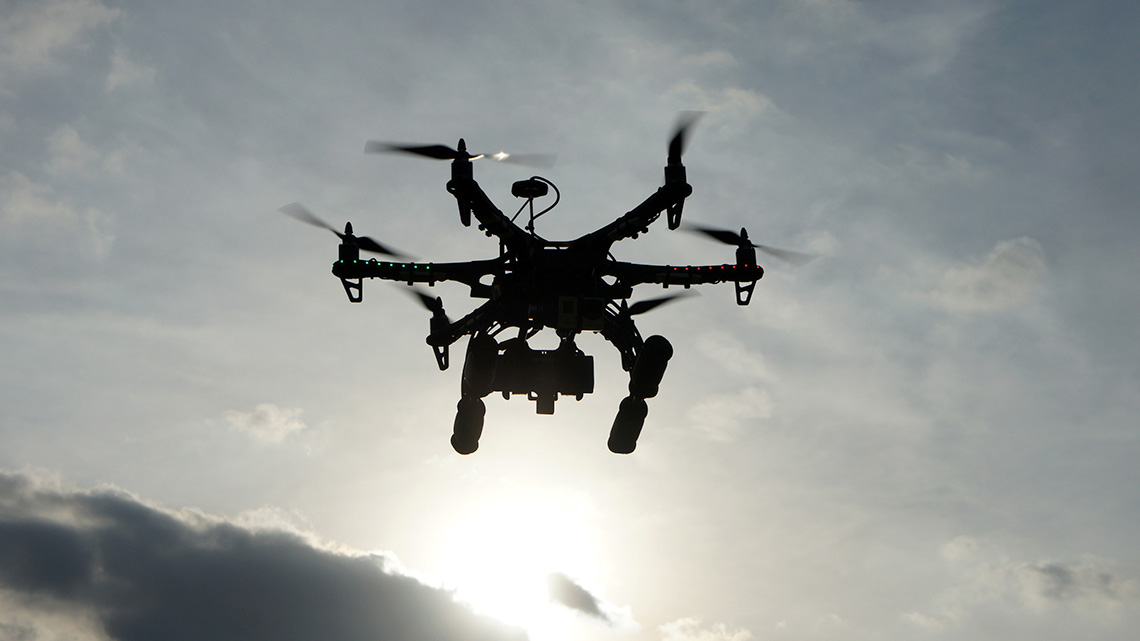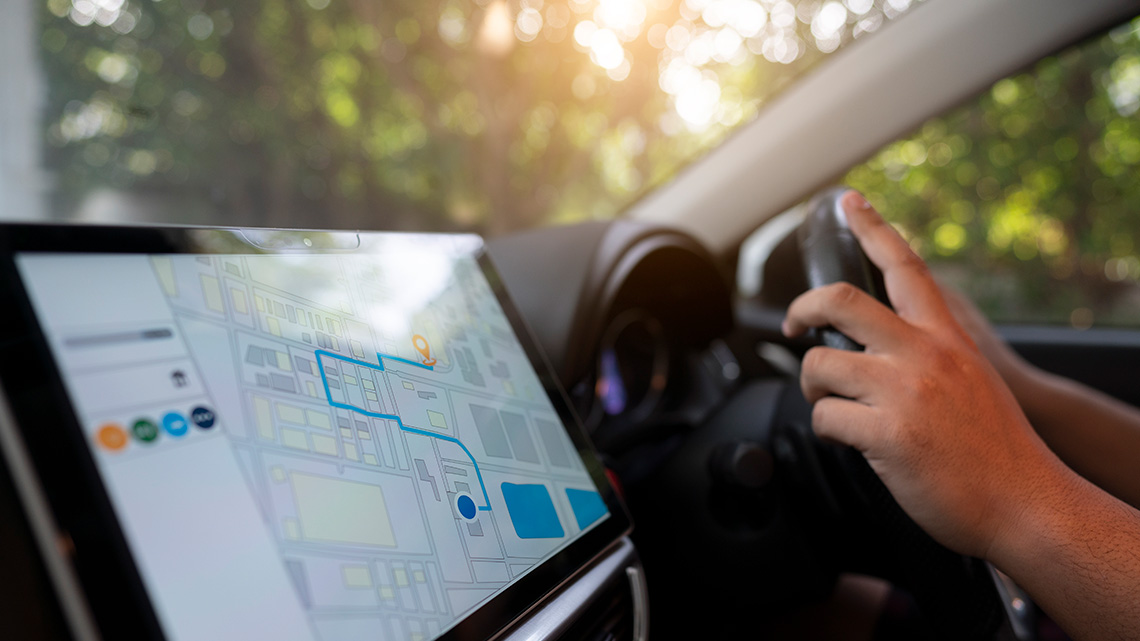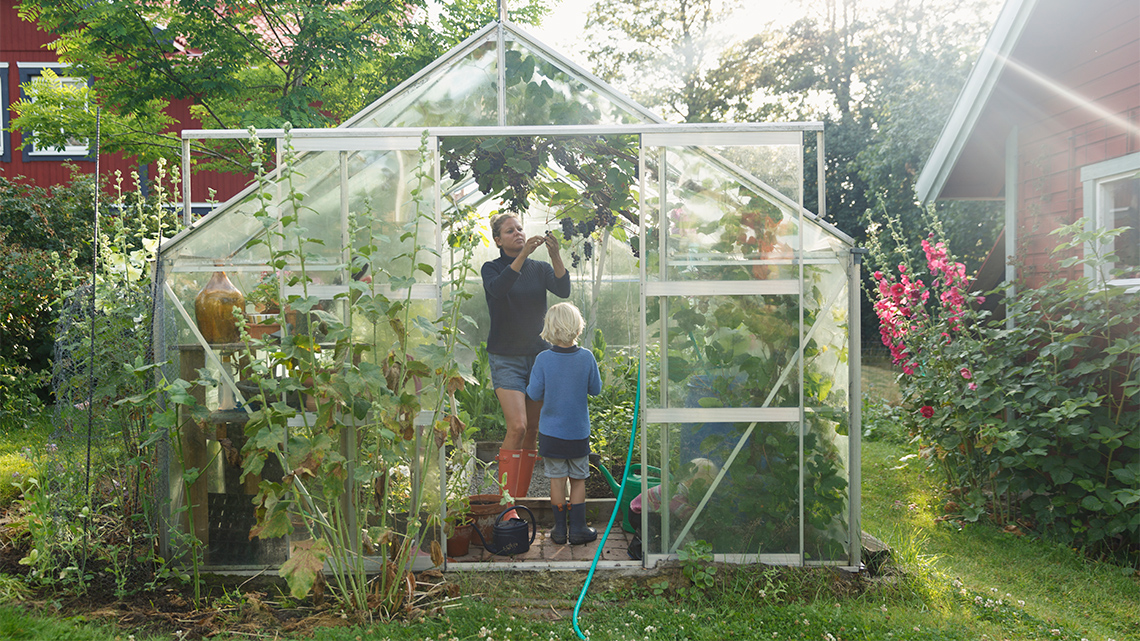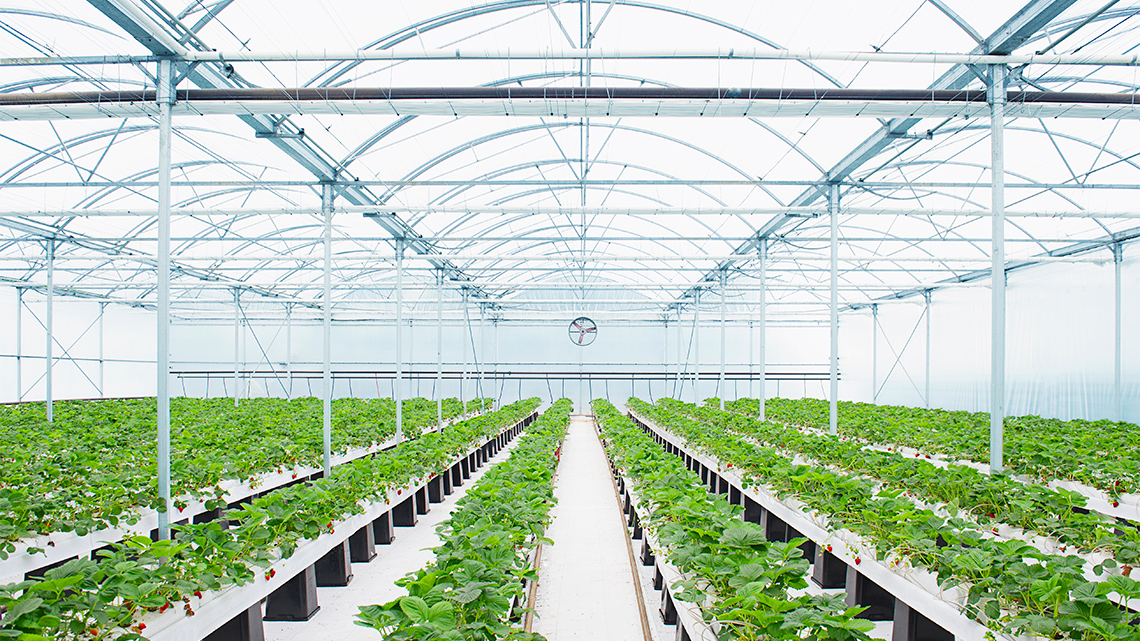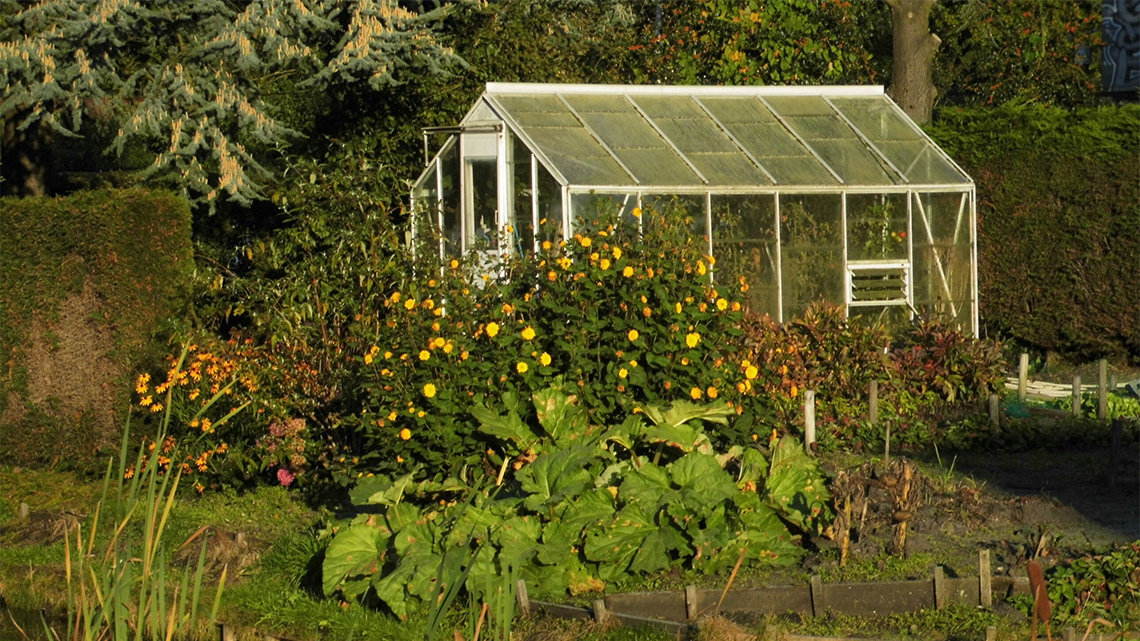Minds On
Challenges
What are some of the challenges that farmers might face in producing food year-round in Canada?
Record your ideas in a notebook or another method of your choice.
Explore the following images for ideas:
When you’re ready, press ‘Let’s Check!’ to explore the challenges farmers might face.
A few challenges farmers might face are:
- changing weather conditions in different seasons, such as cold temperatures and snow in the winter
- various pests or bugs that can destroy crops
- climate change is causing droughts (too little water) and floods (too much water), which can damage and possibly destroy crops
Action
Farming
Crops that are grown for food need specific conditions to grow in.
What conditions do you think these crops might need?
Record your ideas in a notebook or another method of your choice.
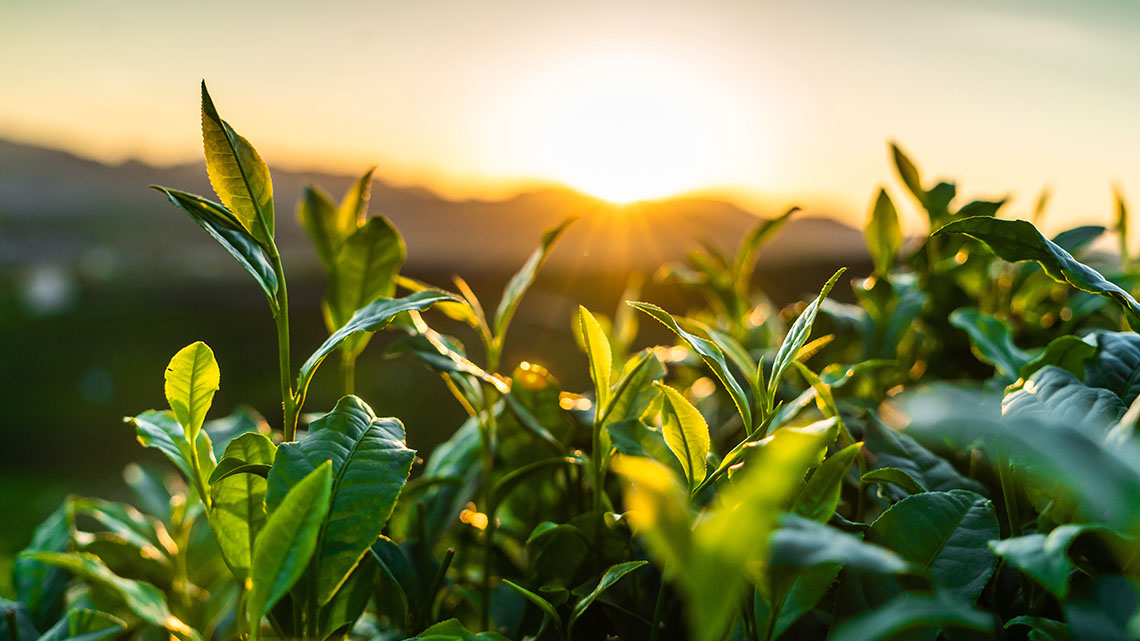
When you’re ready, press ‘Hint’ to access possible answers.
Most crops need a specific temperature, sunlight, and water in order to survive and grow.
Climate change
Climate change is a long-term change with the world’s temperature, weather, and climate. This can be caused by humans or natural forces.
Climate change has both positive and negative effects on crops. Climate change impacts conditions like temperature, water, carbon dioxide, and extreme weather.
One impact of climate change are droughts. A drought is a long period of little to no rainfall, leading to water shortages.

The effects
Let’s explore the positive effects and the negative effects of climate change.
Solutions
So, what can we do about climate change? Now that you have explored how climate change is impacting farming, it is important to investigate possible solutions to the problem. You will be exploring ideas like smart technologies, effective spaces, and composting.
United Nations and zero hunger
Connecting to the world
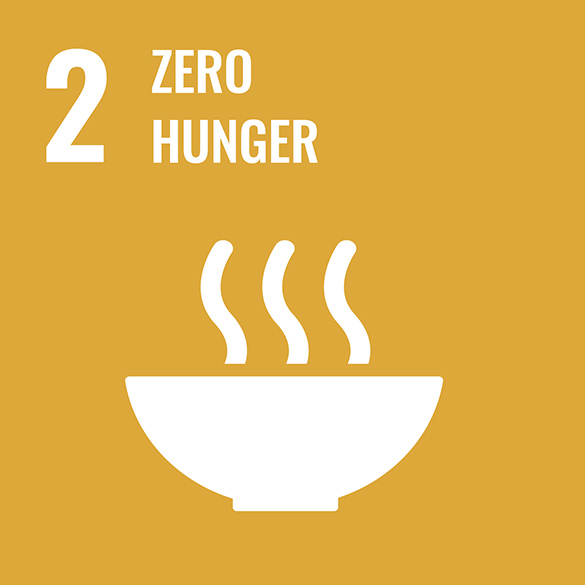
The United Nations (UN) is a group of many countries from around the world that have come together to create a better future for people and the environment. They have created 17 goals called the Sustainable Development Goals.
This learning activity is connected to Goal #2 which is called Zero Hunger. This means that everyone should have access to safe and nutritious food. Nutritious food helps someone grow and gives them energy.
Using plants for food is one way that people all over the world can help each other access safe and nutritious food.
This goal includes sustainable food production system, increased production, and productivity of agriculture, including strengthening our farms to adapt to climate change.
Smart technology
Our planet population is growing!
It is estimated that by 2050, there will be nine billion people on the planet. That means that we will need to grow 70% more food than we currently do.
But how?
Farmers around the world are getting creative with smart technology, and how it can be used to increase efficiency and food production.
Explore the following images and descriptions of a few smart technologies.
You may be more familiar with some of the items in the previous images, but all of these technologies can play an important role in modern farming!
Investigate
Predict
After exploring the previous images and their descriptions, predict how these items might be used on a farm. After you have created your predictions, explore how each item is really used!
But how do you make a prediction?
Let’s check out the “Predict” step from the Scientific Experimentation Process.
Predicting is when you make a guess about what you think will happen in your experiment.

You may also use the following checklist to guide your predictions.
When I make a prediction, I…
Record your predictions in the following organizer or another method of your choice
Complete the Smart Technology Predictions in your notebook or using the following fillable and printable document. If you would like, you can use speech-to-text or audio recording tools to record your thoughts.
|
Smart Technology |
My Prediction How I think it might be used? |
|---|---|
Drones |
|
Solar panels |
|
|
GPS (satellites in space that give information about location to the user) |
|
Laptop/tablets |
Press the ‘Activity’ button to access Smart Technology Predictions.
When you’re ready, press ‘Let’s Check!’ to access possible predictions for each smart technology.
Explore and compare a few of the sample predictions with your own:
|
Smart Technology |
My Prediction How I think it might be used? |
|---|---|
Drones |
|
Solar panels |
|
|
GPS (satellites in space that give information about location to the user)) |
|
Laptop/tablets |
|
Modern farming

Farming with smart technology
A farm using smart technology: drones, solar panels, GPS, and laptop/tablets. Drones can be used to check crops as they grow. Solar panels can be used on buildings to create power. GPS can be used to help locate and even drive farm equipment. Laptops and tablets are used to collect information about the farm.
Modern farming methods are evolving everyday as a result of new tools like GPS trackers, drones, mobile devices, and solar panels!
Press the following tabs to access a few forms of tech-based farming.
Check out the following video clip to learn more about specific methods of tech-based farming.
Let’s explore another form of tech-based farming that uses solar panels.
Access the following video clip entitled “Solar Panels Bring Life to Struggling Farms.”
Greenhouses
In addition to the use of smart technology, farmers are also creative with how space is used.
Greenhouses are buildings that farmers use to grow vegetables all year round, no matter the climate or weather conditions.
A greenhouse is made entirely of windows so that the sunlight can shine through. The heat from the sunlight is collected and trapped, keeping the greenhouse warm enough to grow plants. Greenhouses can be smaller and in a backyard, or they can be larger and used by farmers. Let’s explore the various types of greenhouses!
Vertical farming
Another way to use a greenhouse is called vertical farming.
Access the following video clips entitled “Growing Vertical Farming” to learn more about what vertical farming is.
Consolidation
Learning check!
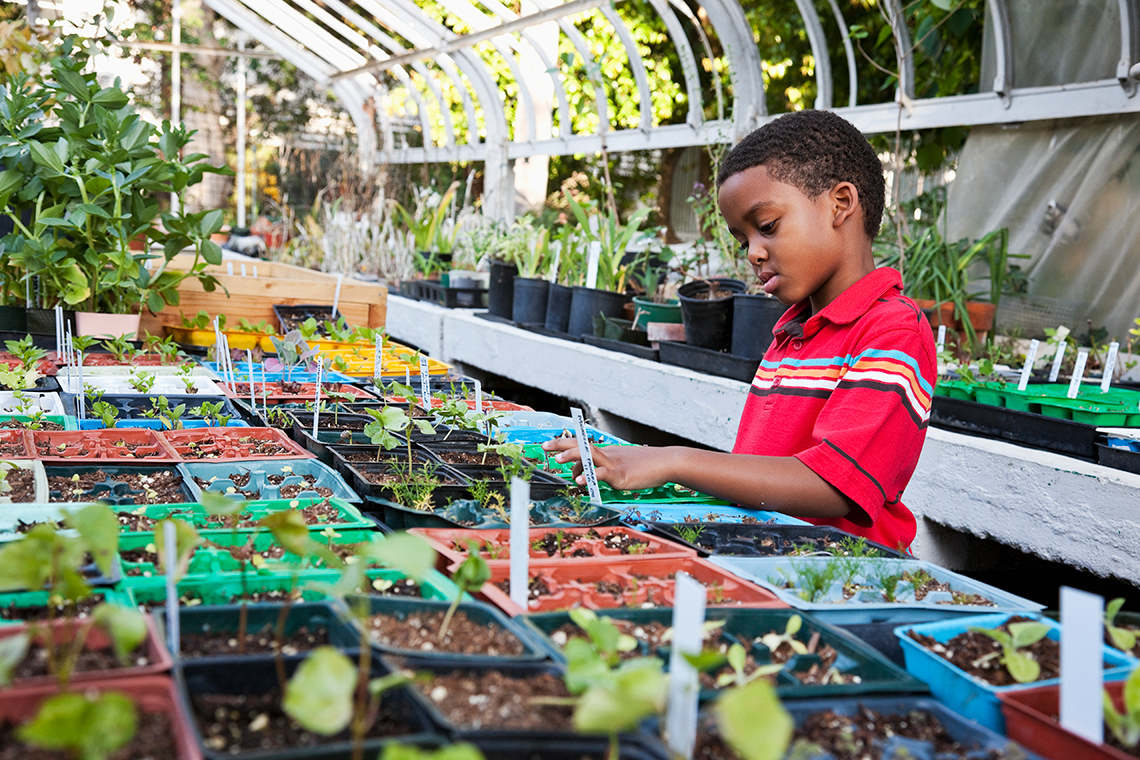
We have learned about many diverse types of farming and technology that help grow food!
Select the correct answer, then press ‘Check Answer’ to see how you did.
Sharing your knowledge
While investigation into modern farming solutions, you have participated in a lot of research!
As a junior science researcher, it is important to think about all the new information you have learned, and to also practise sharing what you find most important or most interesting with others.
These are specific steps in the Scientific Research Process known as “Think” and “Share."
You should think about what you have learned. Did you learn anything new?

Sharing what you have learned lets other people know about your topic too!

- For this activity, select one example of smart technology that we have previously explored (i.e., solar panels, greenhouses, vertical farming, etc.).
- Then, describe how it helps to respond to the farming challenges that are a result of climate change or extreme seasonal changes.
You may record your response as a written paragraph, a digital (audio or video) recording, or using another method of your choice. You may also use the following fillable and printable organizer to record your response.
| Type of smart technology |
| How it helps farmers respond to issues caused by global warming |
Press the ‘Activity’ button to access the Smart Technology Used for Farming
Reflection
How do you feel about what you have learned in this activity? Which of the next four sentences best matches how you are feeling about your learning? Press the button that is beside this sentence.
I feel…
Now, record your ideas about your feelings using a voice recorder, speech-to-text, or writing tool.
